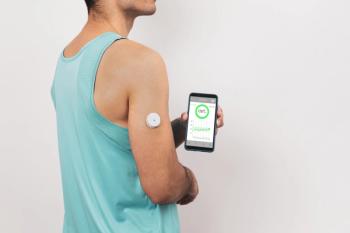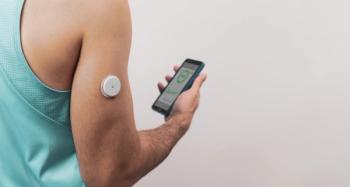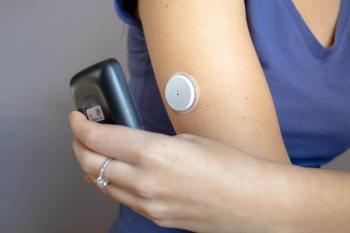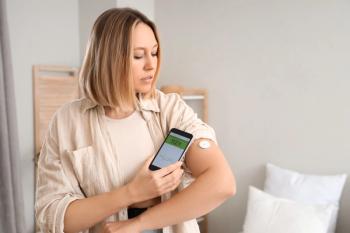
Assessing Barriers to Continuous Glucose Monitor Use in Patients With T1D, T2D
Device adoption among minority patients with type 1 and type 2 diabetes remains low due to socioeconomic disparities.
Continuous glucose monitors are one of the most important advances in diabetes management technology within the past few years. The devices have been shown to provide many benefits to patients with both type 1 and type 2 diabetes, including reducing hypoglycemia and improving glycemic control.1
However, despite continuous glucose monitors becoming more affordable, more accurate, and more user-friendly, disparities in use remain among some disadvantaged communities due to socioeconomic barriers.
Two recent studies sought to examine the factors impacting continuous glucose monitor use in certain patient groups. The research was presented at the American Diabetes Association 83rd Scientific Sessions, held June 23 to 26 in San Diego, California.
In one study, investigators conducted a single center study among young adult minority patients with type 2 diabetes to determine attitudes about continuous glucose monitor use. Patients and their parents underwent semi-structured interviews to discuss barriers and facilitators in device adoption.2
Investigators found that the most important barriers to continuous glucose monitor use were the impact of wearing the device and drawing unwanted attention, a desire for privacy, and adequate education about the device.
Additionally, patients and their parents reported that the biggest benefit of using continuous glucose monitors was the convenience they provided over glucometer use.
“Our findings can guide the development of patient-centered approaches to continuous glucose monitor use for young adult patients with type 2 diabetes, a critical step toward reducing inequities in diabetes technology uptake,” the authors concluded.
In the second study, investigators created an intervention to help non-Hispanic Black pediatric patients with type 1 diabetes obtain continuous glucose monitors through insurance.3 The researchers created a “continuous glucose monitor champion” who helped make the process for initiating continuous glucose monitors more efficient by working with insurance companies.
The research team also created patient education folders with up-to-date information, worked with patients to increase continuous glucose monitor knowledge, and made sure all orders were entered, trackable, and documented.
Investigators found that, as of December 2022, 54% of interested patients were helped through the process of obtaining a continuous glucose monitor. The equity among patients was also improved, with approximately 65% of non-Hispanic Black patients using a continuous glucose monitor, compared to approximately 80% of non-Hispanic White patients.
“We have seen improvement in both the total number of patients which are utilizing continuous glucose monitors as well as equity between patient groups” the authors concluded. ‘We are continuing to adjust our processes in an effort to make continuous glucose monitors more accessible and equitable.”
References
1. Jackson MA, Ahmann A, Shah VN. Type 2 Diabetes and the Use of Real-Time Continuous Glucose Monitoring. Diabetes Technol Ther. 2021;23(S1):S27-S34. doi:10.1089/dia.2021.0007
2. Peyyety V, Zupa M, Hewitt B, et al. Barriers and Facilitators to Use of Continuous Glucose Monitors for Type 2 Diabetes in Youth. Presented at: American Diabetes Association 83rd Scientific Sessions; June 23-26, 2023; San Diego, CA. Poster 1109.
3. Turner J, Nelson G, Adams BV. Interventions to Improve Equity of CGM Use for Pediatric Patients with Type 1 Diabetes. Presented at: American Diabetes Association 83rd Scientific Sessions; June 23-26, 2023; San Diego, CA. Poster 1083.
Newsletter
Pharmacy practice is always changing. Stay ahead of the curve with the Drug Topics newsletter and get the latest drug information, industry trends, and patient care tips.


















































































































